A Leap Forward in Emergency Response
In a significant advancement for emergency services, Kaua‘i Search and Rescue (KSAR) has been granted a lifeline in the form of an $11,000 award from local State Farm agents. This grant is not just a financial boost; it’s a technological leap forward, earmarked for a pioneering drone program designed to revolutionize Search and Rescue (SAR) operations within Kaua‘i County. The funds are allocated for the purchase and deployment of advanced drones, comprehensive training for SAR teams, and the development of an integrated system that promises to enhance the efficiency and safety of SAR missions, reports Kaua’i News Now.
The Power of Technology
The introduction of drones, equipped with cutting-edge thermal imaging technology, marks a pivotal moment in the history of Kaua‘i’s emergency response efforts. This technology allows First Responders to conduct night operations with a level of precision and safety previously unattainable. According to Noelle Hamilton-Cambeilh, President of KSAR, the rugged and perilous terrain of Kaua‘i has always posed significant challenges to search efforts, often forcing teams to pause operations overnight, leaving individuals exposed to the elements. The new drone program addresses this critical gap, offering the potential to save lives by extending operational capabilities to 24 hours, regardless of weather conditions or time of day.
Hamilton-Cambeilh underscores the importance of this advancement, stating, “Thanks to technological advancements and this grant from State Farm, KSAR is adding a valuable resource should agencies seek to conduct nighttime search and rescue missions, drastically improving the safety and efficiency of operations.”
This sentiment highlights the transformative impact of the drone program on SAR missions, providing a beacon of hope for those in peril and the teams dedicated to their rescue.
Beyond Nighttime Rescues
The implications of integrating drones into SAR operations extend far beyond nighttime rescues. In the face of natural disasters, which are becoming more frequent and severe due to climate change, the ability to deploy drones with thermal imaging and night vision capabilities is invaluable. These tools enable SAR teams to swiftly identify survivors and assess damage in disaster-stricken areas, facilitating faster and more effective response efforts in situations where every second counts.
Hamilton-Cambeilh further elaborates on the significance of these advancements in the context of changing climate patterns, emphasizing the growing necessity for adaptive and innovative solutions in disaster response efforts. The Kaua‘i drone program represents a proactive approach to these challenges, setting a precedent for SAR operations not just in Kaua‘i, but potentially across the globe.
A New Horizon for SAR Efforts
The generous grant from State Farm to Kaua‘i Search and Rescue signifies more than just financial support—it heralds a new era of SAR operations. By harnessing the power of advanced Drone Technology, Kaua‘i County is better equipped to face the complexities of modern search and rescue missions. This initiative not only enhances the capabilities of first responders but also offers a glimpse into the future of emergency services, where innovation and adaptability pave the way for safer, more effective rescue operations.
As KSAR embarks on this new journey, the skies of Kaua‘i County in Hawaii hold not just drones, but hope, ensuring that those in need are never out of reach.

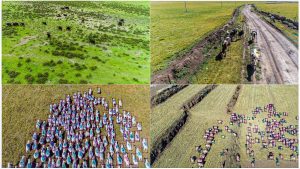
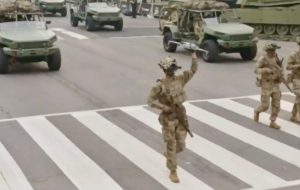
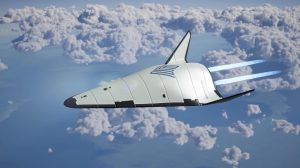
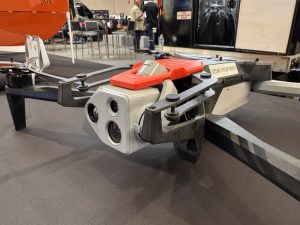
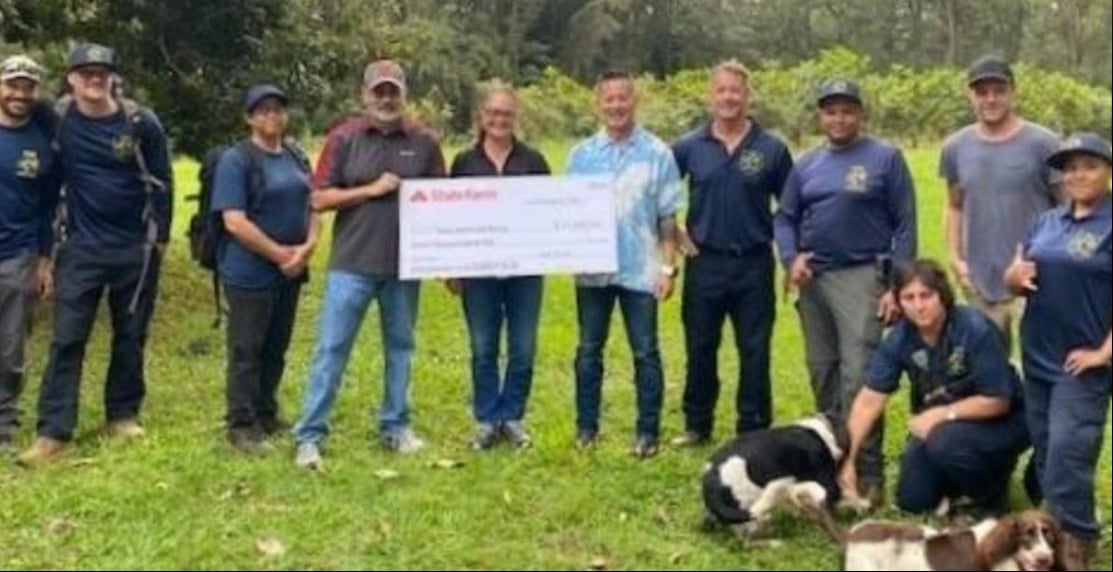


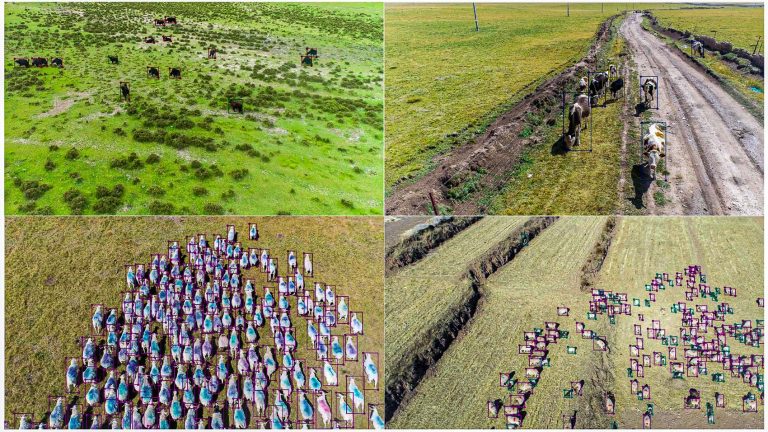

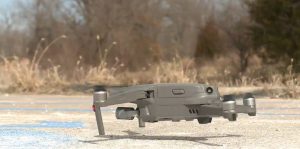
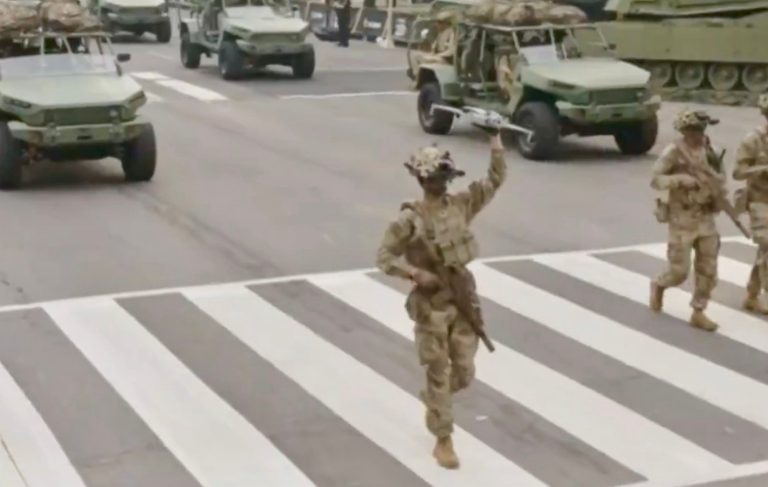

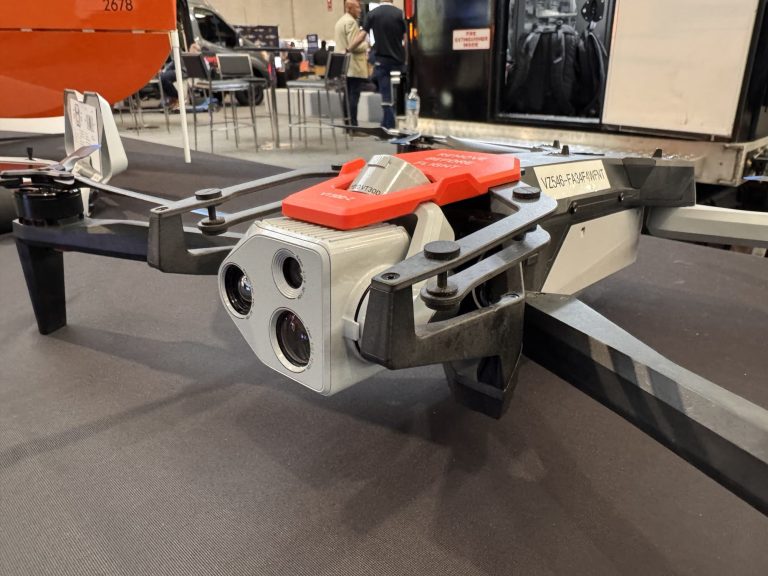
+ There are no comments
Add yours